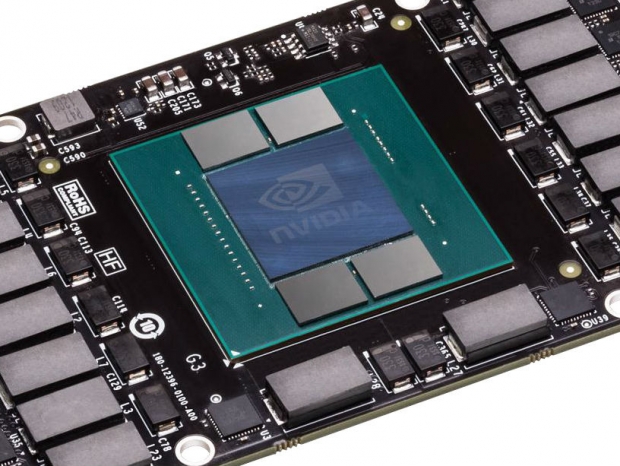Nvidia’s senior vice president of GPU engineering, Jonah Alben, didn’t want to comment on the manufacturing process, or if the chip has already taped out. He was clear that the Pascal uses 2.5D HBM memory, which you can tell from the Pascal renders that we saw at GTC in March 2014 and again just hours ago.
He didn’t want to comment if the Volta card with new architecture will use the real 3D memory, where the memory chips are stacked on top of the GPU. Volta according to latest Nvidia roadmaps can be expected around 2018.
John did mention that you can expect Pascal to use a “future node” and that it is too early to talk about the readiness of the chip.
This time CEO Jen-Hsun Huang didn’t hold up a mock-up board, Nvidia tells us that this time it is all about the Titan X, as this is the new GPU that is setting the benchmark, and probably getting the performance crown once again.
Nvidia didn’t comment on the 2016 timing for Pascal, but we have learned that this is the timeframe we can expect the first Pascal products, so let’s say roughly a year from now, or a month earlier at best.




